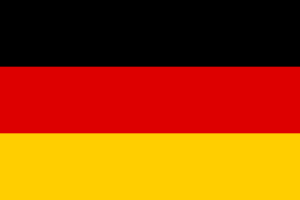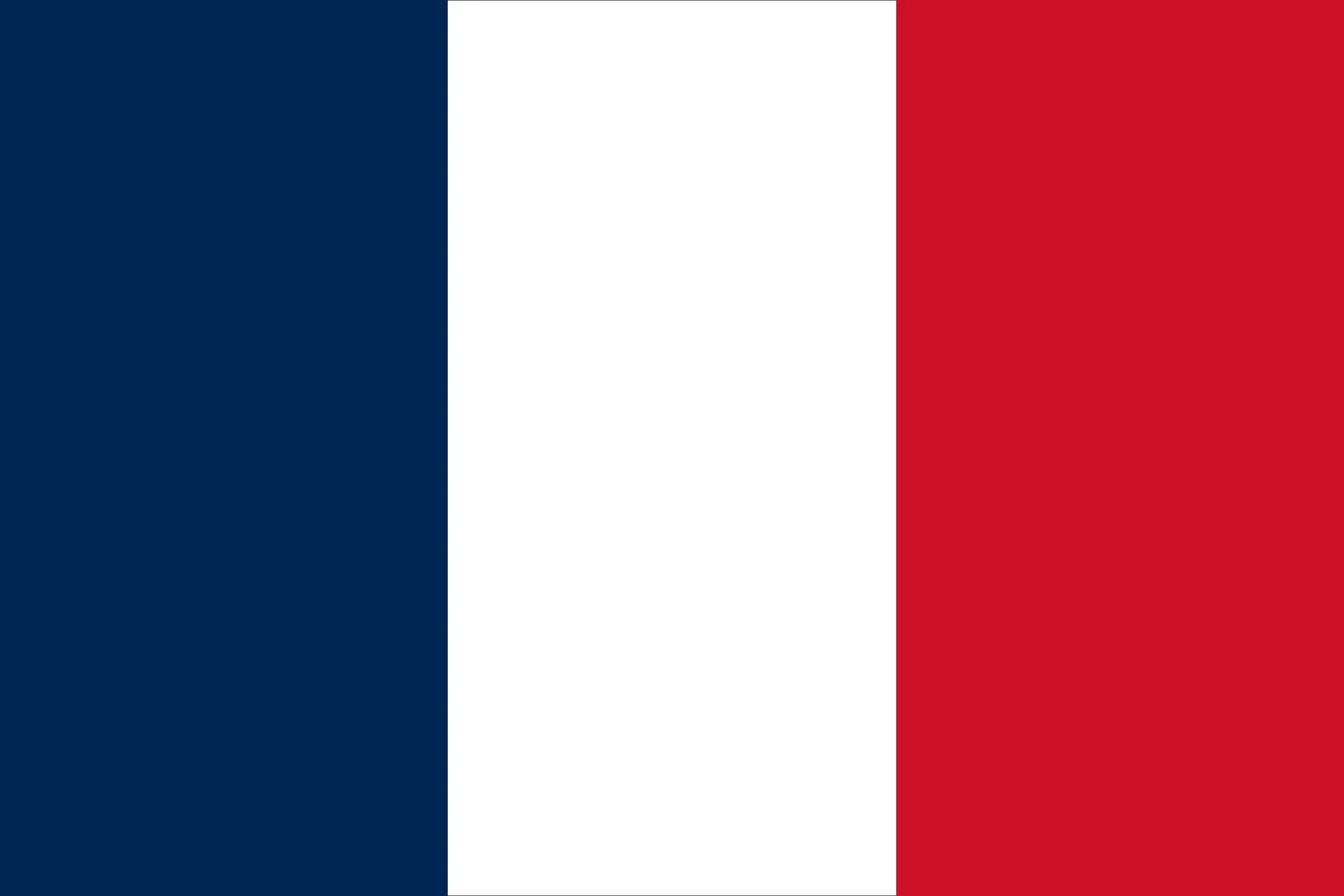What is a Translation Style Guide? Why is it Important?
When we think of a style guide, many of us picture a set of rules for maintaining a consistent tone and style in content. But did you know that a translation style guide can be just as crucial? A translation style guide is designed to help translators produce accurate, consistent translations while adhering to specific brand or linguistic requirements. Whether you’re localizing marketing materials, legal documents, or software, a translation style guide ensures that your message resonates with your target audience across different languages and cultures. What is a Translation Style Guide? A translation style guide serves as a reference document that outlines language usage, formatting, and tone preferences to maintain consistency across all translations. It ensures that translators follow a unified approach, addressing cultural nuances, linguistic differences, and preferred formats. A translation style guide is especially useful when working with multiple translators or when localizing content for different regions or dialects. For example, when translating English content into Spanish, there are numerous variations—Mexican Spanish, European Spanish, and Argentine Spanish—each with distinct vocabulary, tone, and even formatting conventions (like the date format, which can vary by country). A translation style guide helps streamline these differences, making sure that each version aligns with local expectations and brand voice. Why is a Translation Style Guide Important? Consistency Across Translations The primary function of a translation style guide is to ensure consistency in the language, tone, and style used in translations. Whether you’re translating marketing materials, web content, or legal documents, consistency is key to delivering a cohesive message. By following a style guide, translators can maintain uniformity in terminology, grammatical structure, and formatting, which helps reduce confusion and enhance the clarity of the message. Increased Efficiency and Faster Time-to-Market A well-documented translation style guide streamlines the process by providing clear guidelines for translators. This reduces the need for constant revisions and clarifications, ultimately saving time. The style guide eliminates ambiguity about specific linguistic choices, allowing translators to work faster and deliver high-quality translations with fewer revisions. For businesses, this means quicker time-to-market and less back-and-forth communication. Maintaining Brand Integrity and Customer Trust When you’re localizing content for different markets, it’s important to preserve your brand’s tone and voice. A translation style guide ensures that your brand message remains consistent and culturally appropriate across various languages and markets. By standardizing key elements such as terminology, tone, and formatting, you ensure that your brand is accurately represented, no matter where your content is being read. This consistency builds customer trust and improves your credibility in international markets. Cost Savings A translation style guide can also help reduce costs in the long run. By establishing a standard reference for your marketing teams and translators, you minimize the need for revisions or corrections, which can account for up to 15% of the total translation cost. With clearer guidelines, translation errors are reduced, and you save on the time and money that would otherwise be spent on rework. What Does a Translation Style Guide Include? A translation style guide is a comprehensive document that may include the following key components: 1. General Linguistic Considerations Your style guide should define basic linguistic preferences, such as grammar rules, syntax, and punctuation. For example, it might specify whether to use Oxford commas, how to handle quote marks, or if there are any specific grammar rules to follow. It may also address language-specific differences in word usage or tone. 2. Formatting Guidelines When translating, formatting can be just as important as content. Your style guide should provide clear instructions on how to format text. This can include whether to use bold text for certain words, how to format headings, and how to handle bulleted lists or tables. For example, if you’re translating a table of contents, the guide might specify whether it should be organized alphabetically or by topic. 3. Tone and Voice The tone of your content is crucial to how your message is received. Your style guide should outline the desired tone (formal or informal, friendly or authoritative), as well as how to address audiences in different cultures. For example, when translating into Spanish or French, your guide might specify whether to use formal or informal pronouns (e.g., “usted” vs. “tú” in Spanish). 4. Localization Instructions Localization goes beyond translation. It ensures that your content is culturally relevant and resonates with local audiences. Your style guide should include instructions for localizing content, such as how to handle units of measurement, dates, and currency. For instance, the guide might specify that the US date format (MM-DD-YYYY) should be changed to the UK format (DD-MM-YYYY). 5. Branding Guidelines To ensure consistency across translations, your style guide should align with your company’s branding guidelines. This includes the use of specific terminology, color schemes, fonts, and imagery. By keeping brand elements consistent across different languages, you maintain a strong and recognizable brand presence worldwide. How to Create a Translation Style Guide Creating a translation style guide is a collaborative process that often involves input from marketing teams, linguists, and translators. Here’s how you can develop an effective style guide for your translations: The Bottom Line: Why You Need a Translation Style Guide A translation style guide is essential for ensuring that your multilingual content is consistent, accurate, and culturally appropriate. By establishing clear guidelines for your translators, you can speed up the translation process, reduce errors, and maintain a strong brand identity across different markets. Whether you are expanding into new international territories or simply localizing content for a global audience, a well-crafted translation style guide is your roadmap to success. Need Help with Translation? Contact Lingual Consultancy Services At Lingual Consultancy, we specialize in providing high-quality translations that maintain consistency and brand integrity. With a team of over 16,000 translators and localization experts, we offer services in over 250 languages. We work closely with you to create a customized translation style guide that aligns with your business objectives. For more information or to get started with your translation project, email us
What is a Translation Style Guide? Why is it Important? Read More »














